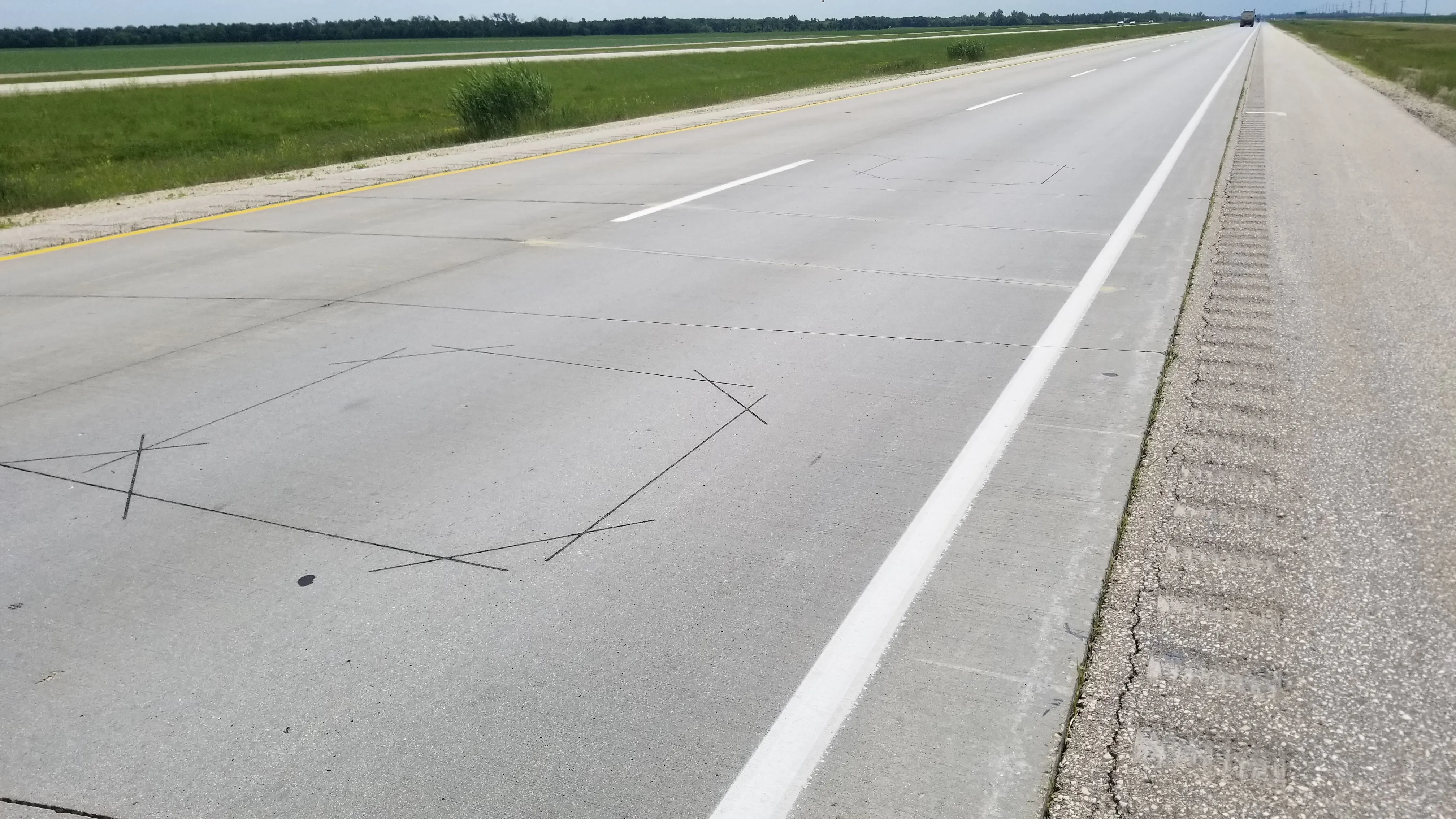From July 2017,
FHWA’s National Performance Management Research Data Set (NPMRDS) is used by states to monitor system performance. It provides comprehensive and consistent data for passenger and commercial freight roadway performance across the national highway system, as well as over 25 key Canadian and Mexican border crossings.
Inrix has partnered with the Center for Advanced Transportation Technology Laboratory (CATT Lab) at the University of Maryland and other industry leaders to support NPMRDS through 2022. As the prime contractor, CATT Lab will operate the portal that transportation planners will use to analyse, visualise and understand road performance.
US DOTs to use Inrix travel time data to report on road performance
From July 2017, Inrix is to provide its traffic data to the United States Federal Highway Administration (FHWA) and state and regional agencies to enable them to assess travel reliability, congestion and emissions, establish performance targets and report on progress.
June 6, 2017
Read time: 1 min










